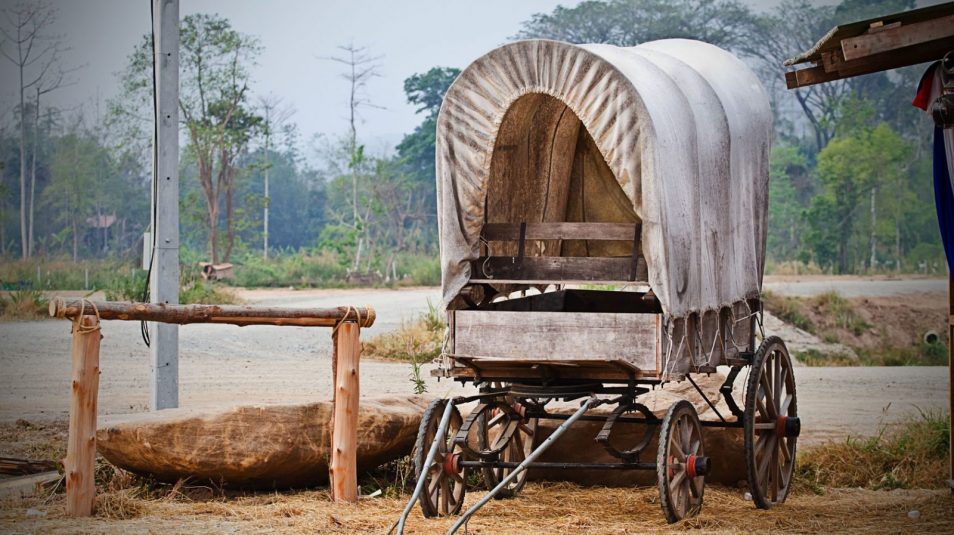Thin Watches, the Donner Party, and Bad Advice

Leadership
January 19, 2018
Wally Bock
Author + Blogger + Ghostwriter + Writing Coach
Topics
Actions, Authentic, Coaching, Self Development, Trust, ValuesBad advice can get you in big trouble. That’s what happened to the Donner Party. It doesn’t have to happen to you.
Early in my career, I got a big promotion from Assistant Manager to Distribution Center Manager. The promotion came with a hefty raise, a move to a new city, and advice from my new boss.
The day before I was to take over the new center, my boss took me to dinner. He used the occasion to tell me his "secrets of success." As I remember it, he credited his successful career to wearing patent leather shoes and having a thin watch. He'd gotten that advice from some "how to succeed" article. He shared it with me so I would know how smart he was.
That bad advice was harmless because I saw through it right away, but not all bad advice is easy to spot. That's how the Donner Party got in trouble.
In the spring of 1846, the party left Springfield, Missouri, headed for California. They relied on a popular book by Lansford W. Hastings, The Emigrant's Guide to Oregon and California, that promoted a route that was shorter than the Oregon Trail, called the Hastings Cutoff.
Hastings promoted the book by giving lectures throughout the east. The book was captivating, but there was a problem. Hastings had never actually seen the Hastings Cutoff when he wrote the book. He could tell from maps that it was shorter than the traditional route, so he recommended it enthusiastically.
The Donners discovered how bad the advice was the hard way. First, they ignored the advice of seasoned travelers not to take the Cutoff. They discovered for themselves that the Cutoff was devastatingly rugged and included a three-day trek across the desert. The Donner Party made it to the foot of the Sierras in October 1846.
If they had not taken the Hastings Cutoff, they would have arrived there more than two weeks earlier and continued over the Sierras to California. They knew that they had to get over the mountains before the first winter snows. They had to decide whether to push on to California or wait it out until spring.
Even though Hastings’ advice had proved dreadful and dangerous, the Donners decided to keep going, in part, because the book told them, that the pass would not be snowed in until mid-November. The rest, as the saying goes, is history. The party was caught by blizzards and ten-foot drifts in what is now called "Donner Pass." Those that survived were not rescued until February.
Bad advice comes in a variety of forms and there are different ways it can hurt you. The Donners relied on the recommendation by an author who had never traveled the trail he recommended. They disdained advice from experienced travelers not to take the cutoff. And, even after experiencing how bad the initial advice was, the relied on more advice about when snow would block the pass.
As for Hastings, he never acknowledged responsibility for the results of his advice. He was confronted about it, but "Of course he could say nothing but that he was very sorry, and that he meant well.”
Boss's Bottom Line
There's no way to avoid bad or dangerous advice and there's no sure way to see through it, either. Remember to do your due diligence and devote more investigation to situations of high risk or where failure could be disastrous.






